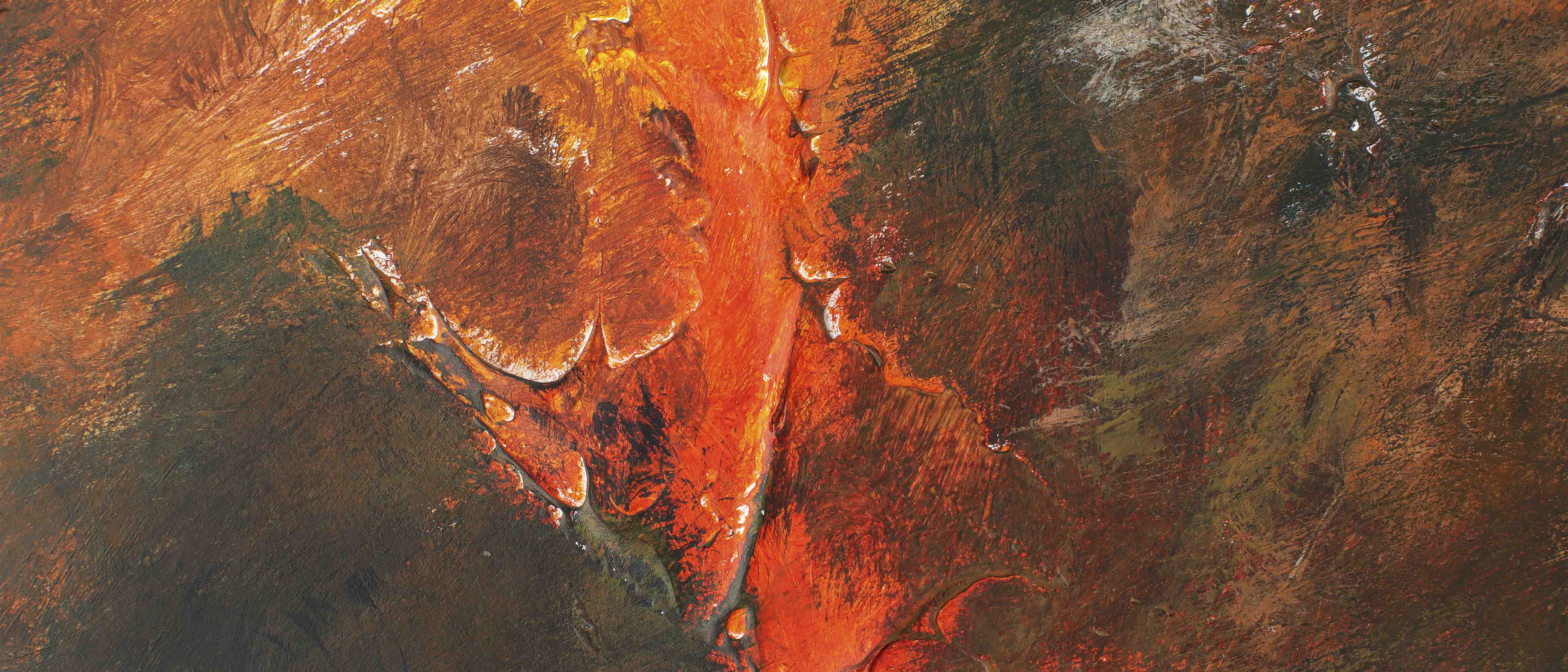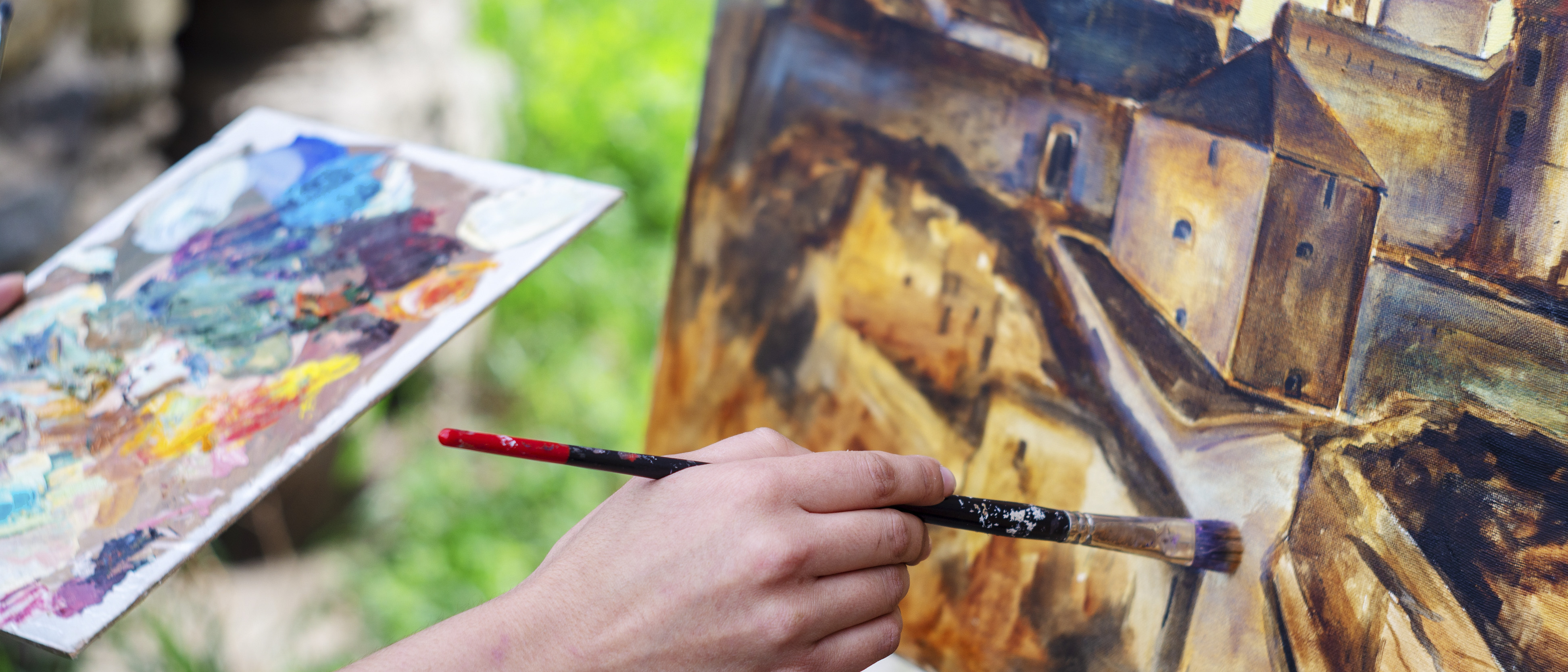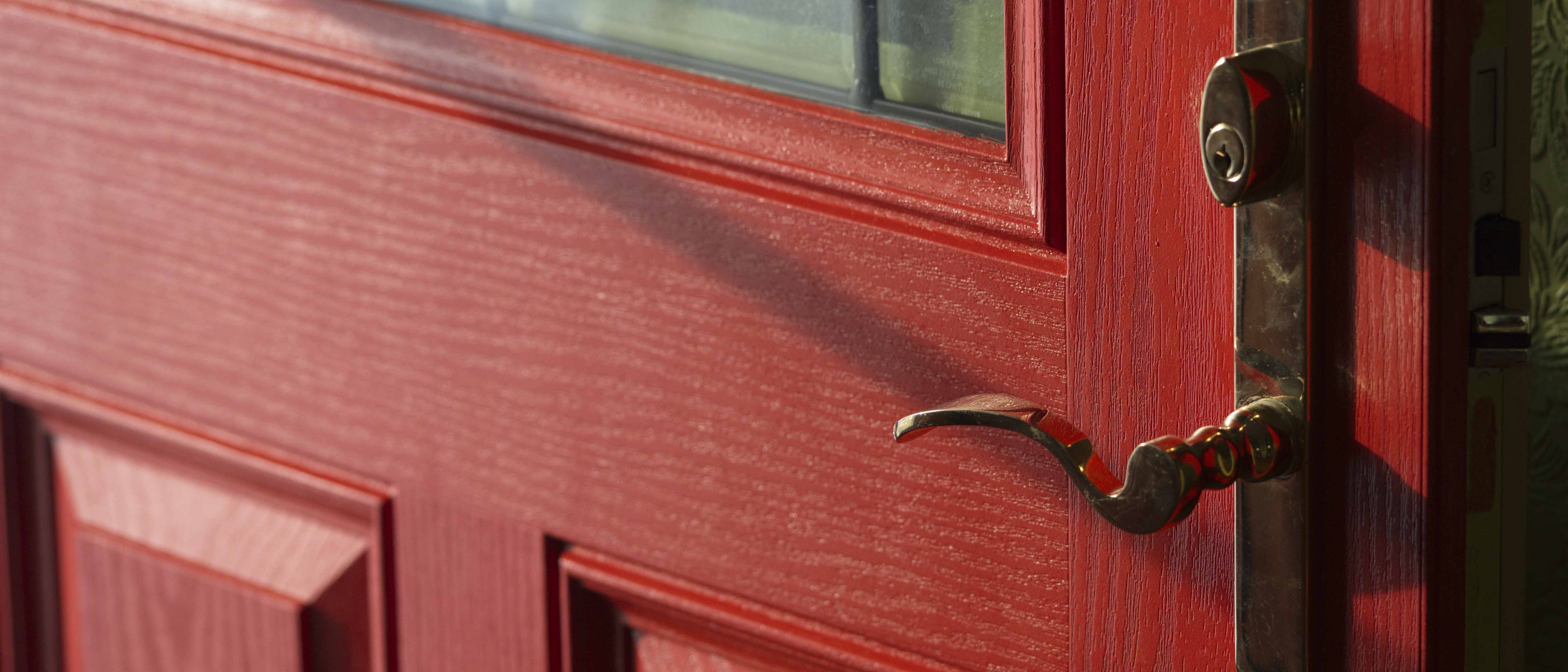The History of House Paint: A Journey Through Time
House paint, with its ability to transform the appearance and protect the structure of our homes, has a rich and colourful history that spans centuries. Join us on a journey through time as we explore the fascinating evolution of house paint.
Ancient Beginnings: Natural Pigments and Earthy Tones
The origins of house paint date back to ancient civilizations. Early humans used naturally occurring pigments, such as clay, chalk, and crushed minerals, mixed with water or animal fats to create rudimentary paints. These paints primarily featured earthy tones like ochre, red, and brown, providing both decoration and protection for their dwellings.

Egyptian Elegance: The Birth of White Paint
In ancient Egypt, white became a symbol of luxury and sophistication. Egyptians discovered the use of gypsum, a white mineral, and mixed it with water to create a plaster-like substance that adorned the walls of tombs and temples. White paint was also used as a protective coating against the harsh desert sun.
Mediaeval Marvels: The Rise of Pigment Trade
During the Middle Ages, the art of printmaking flourished. Painters, known as "illuminators," created intricate manuscripts and murals using a palette of pigments imported from around the world. The demand for vibrant colours gave rise to a flourishing trade in pigments like ultramarine blue, made from crushed lapis lazuli, and vermilion red, created from mercury.

Renaissance Brilliance: Advancements in Paint Chemistry
The Renaissance period witnessed significant advancements in paint chemistry. Artists and artisans experimented with oil-based paints, leading to the creation of durable and vibrant pigments. This innovation revolutionised not only art but also house painting. Homes began to display a wider range of colours and intricate designs.
Industrial Revolution: Mass Production and Accessibility
The 19th century brought about the industrial revolution, which had a profound impact on house paint production. Mass manufacturing processes made paint more affordable and accessible to the general population. Standardised colours and ready-to-use paints transformed the way homes were decorated and protected.

Modern Marvels: Technological Advancements
In the 20th century, technological innovations continued to shape the world of house paint. Acrylic and latex-based paints emerged, offering improved durability, ease of application, and environmental benefits due to reduced volatile organic compounds (VOCs). These paints are now commonplace in households worldwide.
Contemporary Choices: Sustainable and Eco-Friendly Paints
Today, the house paint industry is evolving toward eco-friendly and sustainable solutions. Low-VOC and zero-VOC paints have become popular choices, as homeowners prioritise environmentally responsible options that also safeguard indoor air quality.

The history of house paint is a captivating journey that reflects human ingenuity and our ever-evolving quest to enhance and protect our homes. From humble beginnings with natural pigments to the modern era of sustainable, technologically advanced paints, the evolution of house paint mirrors the progression of human civilization itself.
